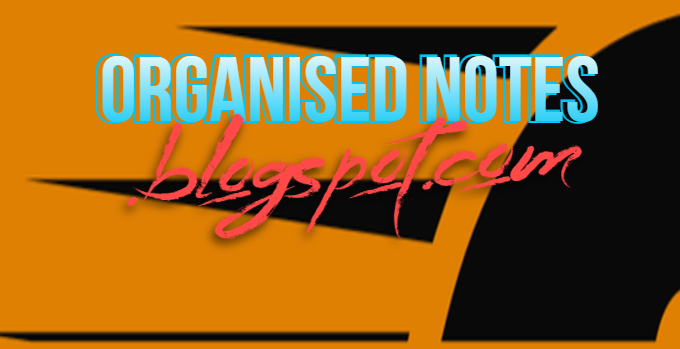From NCERT NEET - 2010
Answer:3. (B) and (D)
The Lac operon
The elucidation of the lac operon was also a result of a close association
between a geneticist, Francois Jacob and a biochemist, Jacque Monod. They
were the first to elucidate a transcriptionally regulated system. In lac operon
(here lac refers to lactose), a polycistronic structural gene is regulated by a
common promoter and regulatory genes. Such arrangement is very common
in bacteria and is referred to as operon. To name few such examples, lac
operon, trp operon, ara operon, his operon, val operon, etc.
The lac operon consists of one regulatory gene (the i gene – here the
term i does not refer to inducer, rather it is derived from the word inhibitor)
and three structural genes (z, y, and a). The i gene codes for the repressor
of the lac operon. The z gene codes for beta-galactosidase (b-gal), which
is primarily responsible for the hydrolysis of the disaccharide, lactose
into its monomeric units, galactose and glucose. The y gene codes for
permease, which increases permeability of the cell to b-galactosides. The
a gene encodes a transacetylase. Hence, all the three gene products in
lac operon are required for metabolism of lactose. In most other operons
as well, the genes present in the operon are needed together to function
in the same or related metabolic pathway (Figure 6.14).
Lactose is the substrate for the enzyme beta-galactosidase and it
regulates switching on and off of the operon. Hence, it is termed as inducer.
In the absence of a preferred carbon source such as glucose, if lactose is
provided in the growth medium of the bacteria, the lactose is transported
into the cells through the action of permease (Remember, a very low level
of expression of lac operon has to be present in the cell all the time,
otherwise lactose cannot enter the cells). The lactose then induces the
operon in the following manner.
The repressor of the operon is synthesised (all-the-time – constitutively)
from the i gene. The repressor protein binds to the operator region of the
operon and prevents RNA polymerase from transcribing the operon. In
the presence of an inducer, such as lactose or allolactose, the repressor is
inactivated by interaction with the inducer. This allows RNA polymerase
access to the promoter and transcription proceeds (Figure 6.14).
Essentially, regulation of lac operon can also be visualised as regulation
of enzyme synthesis by its substrate.
Remember, glucose or galactose cannot act as inducers for lac
operon. Can you think for how long the lac operon would be expressed
in the presence of lactose?
Regulation of lac operon by repressor is referred to as negative
regulation. Lac operon is under control of positive regulation as well,
but it is beyond the scope of discussion at this level.



